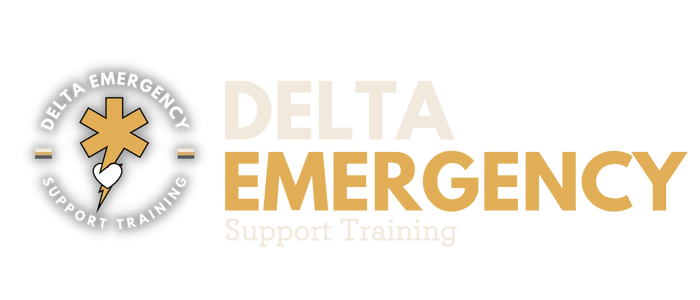Burn Management: Understanding Burns and How to Provide First Aid
/A person's hand is shown with a burn on the skin. The person is using an antiseptic spray to clean and sanitize the burned area. The spray is shown being directed onto the burned area.
Burns are a common injury that can be caused by a variety of factors, including heat, chemicals, electricity, and radiation. Depending on the severity of the burn, it can be a painful and potentially life-threatening injury. It's important to understand the different types of burns and how to properly provide first aid and medical treatment to promote healing and prevent complications.
Types of Burns
There are three main types of burns, including superficial burns, partial-thickness burns, and full-thickness burns. Superficial burns only affect the outer layer of skin and typically result in redness, pain, and mild swelling. Partial-thickness burns affect both the outer and underlying layer of skin and can result in blisters, severe pain, and swelling. Full-thickness burns are the most severe type of burn, affecting all layers of skin and potentially even deeper tissue. Full-thickness burns can result in blackened or charred skin and can cause nerve damage, muscle and bone damage, and even death.
First Aid for Burns
If you or someone else experiences a burn, providing first aid as soon as possible is crucial for promoting healing and preventing complications. The first step is to remove the source of the burn, such as a hot object or a chemical. Then, run cool (not cold) water over the burned area for at least 10-20 minutes. After that, cover the burn with a sterile, non-adhesive bandage or cloth. If the burn is severe, seek medical attention immediately.
It's important to note that for chemical burns, it's important to flush the affected area with water for at least 20 minutes before removing any clothing or jewelry that may have come in contact with the chemical.
For electrical burns, it's important to turn off the power source or remove the person from the electrical source before administering first aid.
Medical Treatment for Burns
If a burn is severe or covers a large area of the body, medical treatment may be necessary. In addition to first aid, medical treatment for burns may include antibiotics to prevent infection, pain medication to manage discomfort, and intravenous fluids to replace lost fluids and electrolytes.
For partial-thickness and full-thickness burns, wound care may be necessary to promote healing. This can include removing dead tissue, applying topical creams or ointments, and using specialized dressings or wraps. In some cases, skin grafts may be necessary to cover the burn and promote healing.
For severe burns, such as those that cover a large portion of the body or involve the face, hospitalization may be necessary to provide more intensive care.
Preventing Burns
While it's not always possible to prevent burns, there are some steps you can take to reduce your risk. These include being careful when handling hot objects, wearing protective clothing when working with chemicals or other hazardous materials, and keeping children away from hot surfaces or objects.
Burns can be a painful and potentially dangerous injury, but with proper first aid and medical treatment, most burns can be effectively managed. It's important to understand the different types of burns, provide prompt first aid, and seek medical attention if necessary. By taking steps to prevent burns and following recommended burn management techniques, you can help protect your health and promote healing.




